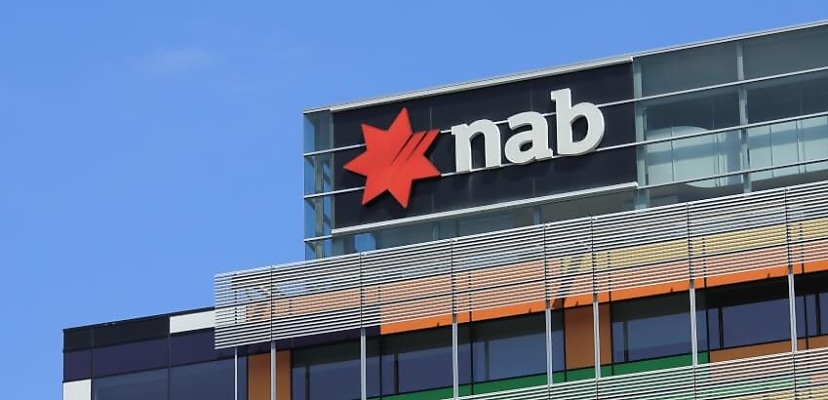Share this article on:
Powered by MOMENTUMMEDIA
Breaking news and updates daily.
“Millions of verifications. No document sharing.” That’s the spiel for the new ConnectID system that’s just rolled out with two of Australia’s big four banks.

Both the Commonwealth Bank of Australia and the National Australia Bank have signed up for Australian Payments Plus’ ConnectID digital identity solution, while both ANZ and Westpac are showing strong support for the product as well.
ConnectID is a system that lets individuals prove their identity by using personal identification data already shared with an organisation they trust – such as a bank. The idea is that you share your data once, with your bank, and can then use ConnectID as a bridge between that data and any other third party that requires proof of ID.
This verification also only happens when a customer authorises it.
Katherine Sleeth, CBA’s general manager for open data, believes ConnectID will help keep the bank’s customers safe.
“Commonwealth Bank is supportive of ConnectID, which will simplify customer identification and authentication needs for both businesses and consumers across the economy,” Sleeth said in a statement. “It will help keep consumers’ data safer online, with strong security and privacy controls.”
NAB’s executive for digital governance, Brad Carr, is similarly bullish about the solution.
“This represents a significant and exciting milestone in the journey towards enabling both NAB customers and the wider community to go about their digital lives more securely,” Carr said, “whilst supporting growth and confidence in the Australian digital economy”.
A range of businesses will soon offer ConnectID as an identity verification option in the future, including Credenxia, ServiceSeeking, OnePassport, RentBetter, and more.
“This new service will help customers reduce oversharing their data, giving them greater control over what data is being shared and used and choice over which organisations they trust to store their personal information,” said Andrew Black, ConnectID’s managing director.
“And from a business perspective, the ability to collect only what is required means they’re able to comply with legislation and reduce their risk profile.”

David Hollingworth has been writing about technology for over 20 years, and has worked for a range of print and online titles in his career. He is enjoying getting to grips with cyber security, especially when it lets him talk about Lego.
Be the first to hear the latest developments in the cyber industry.